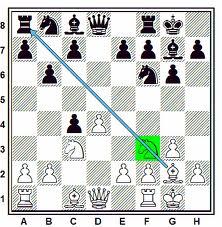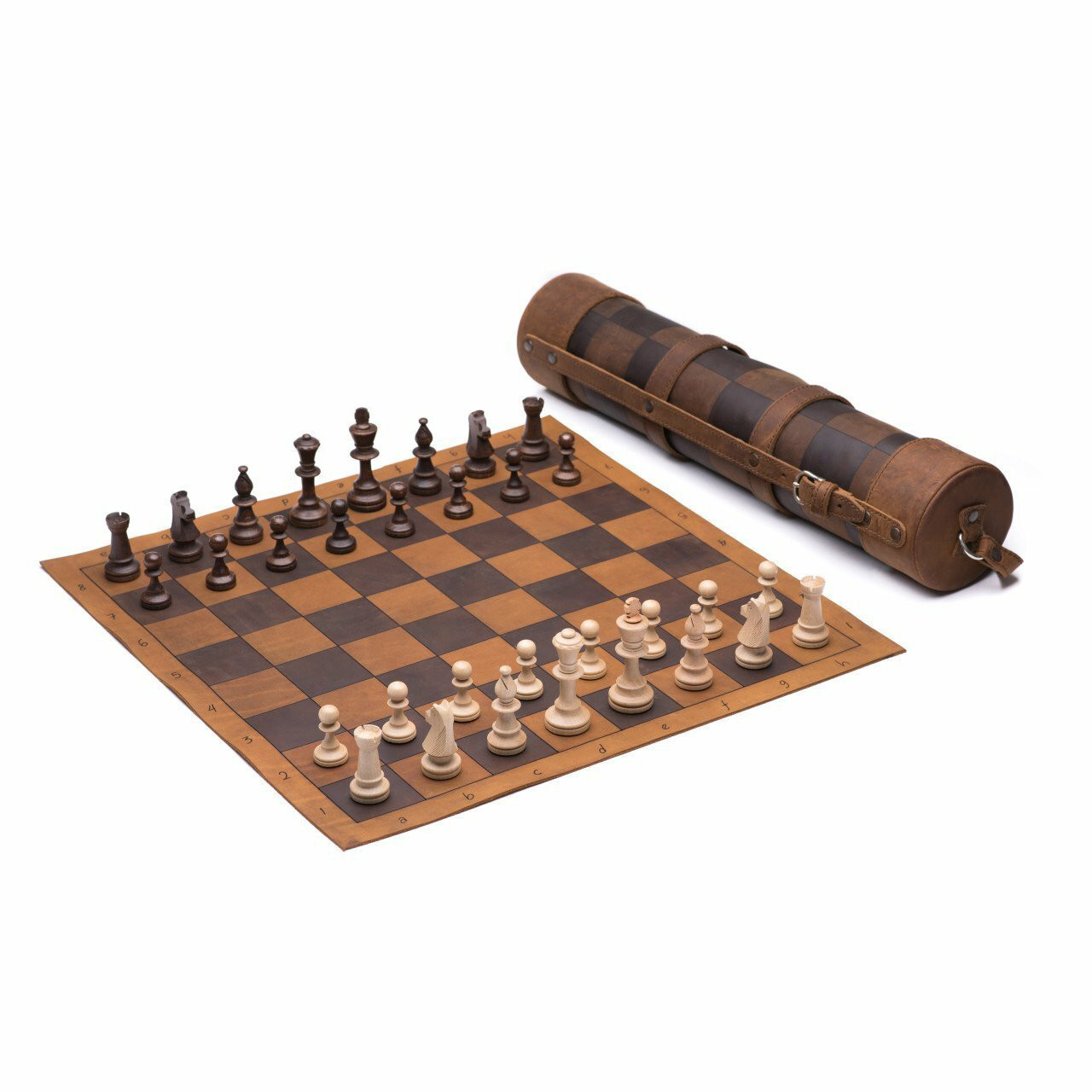Chess is a game of strategy and tactics. One important tactic is the discovered attack. This is when a piece moves and uncovers an attack by another piece. Understanding discovered attacks can help you win games.

Credit: www.chess.com
What is a Discovered Attack?
A discovered attack happens when you move one piece to uncover an attack by another piece. This can surprise your opponent. It can lead to capturing important pieces. Discovered attacks can be very powerful.
Types of Discovered Attacks
There are several types of discovered attacks. Each type has its own strategy. Let’s look at them with examples.
1. Simple Discovered Attack
A simple discovered attack is the basic form. It involves two pieces. One piece moves to reveal an attack by another piece. This can be a strong move.
Example:
- Imagine your bishop is on c4.
- Your rook is on d1.
- An enemy queen is on d8.
- If you move the bishop, the rook will attack the queen.
In this example, moving the bishop uncovers the rook’s attack on the queen. Your opponent must respond to save the queen.
2. Discovered Check
A discovered check is a special type. It happens when the uncovered attack is a check. This means the opponent’s king is in danger. This is even more powerful.
Example:
- Your bishop is on d3.
- Your rook is on e1.
- The opponent’s king is on e8.
- If you move the bishop to c4, the rook checks the king.
In this case, the bishop’s move reveals a check by the rook. The opponent must move the king or block the check.
3. Double Check
A double check is even more dangerous. It happens when both the moving piece and the revealed piece give a check. The opponent has no choice but to move the king.
Example:
- Your knight is on f3.
- Your bishop is on b2.
- The opponent’s king is on e8.
- If you move the knight to g5, both the knight and bishop check the king.
In this example, the knight’s move gives a check. It also uncovers a check from the bishop. The opponent has to move the king.
4. Discovered Attack With Pin
A pin happens when a piece cannot move without exposing a more valuable piece. A discovered attack with a pin can be very effective.
Example:
- Your queen is on d1.
- Your bishop is on g4.
- An enemy knight is on f6 and the king is on e8.
- If you move the bishop to f3, the knight cannot move.
The knight is pinned to the king. The queen’s attack is revealed. The opponent must deal with the pin.
5. Discovered Attack With Fork
A fork happens when a single piece attacks two or more enemy pieces at once. A discovered attack with a fork can win material quickly.
Example:
- Your knight is on e5.
- Your rook is on e1.
- Enemy pieces are on e8 and f7.
- If you move the knight to g6, it forks the enemy pieces.
The knight’s move reveals the rook’s attack. The knight also attacks two pieces. This forces the opponent to make tough choices.

Credit: www.chesskid.com
Practice Discovered Attacks
To get better at discovered attacks, you need to practice. Set up positions and try to find discovered attacks. Solve chess puzzles. Play games and look for opportunities.
Why Are Discovered Attacks Important?
Discovered attacks can change the game. They can surprise your opponent. They can win material. They can lead to checkmate. Knowing how to use them gives you an advantage.
Conclusion
Discovered attacks are powerful tactics in chess. They involve moving one piece to reveal an attack by another. There are different types, like simple discovered attacks, discovered checks, double checks, pins, and forks. Practice these tactics to improve your game. Understanding and using discovered attacks can help you become a better chess player.







